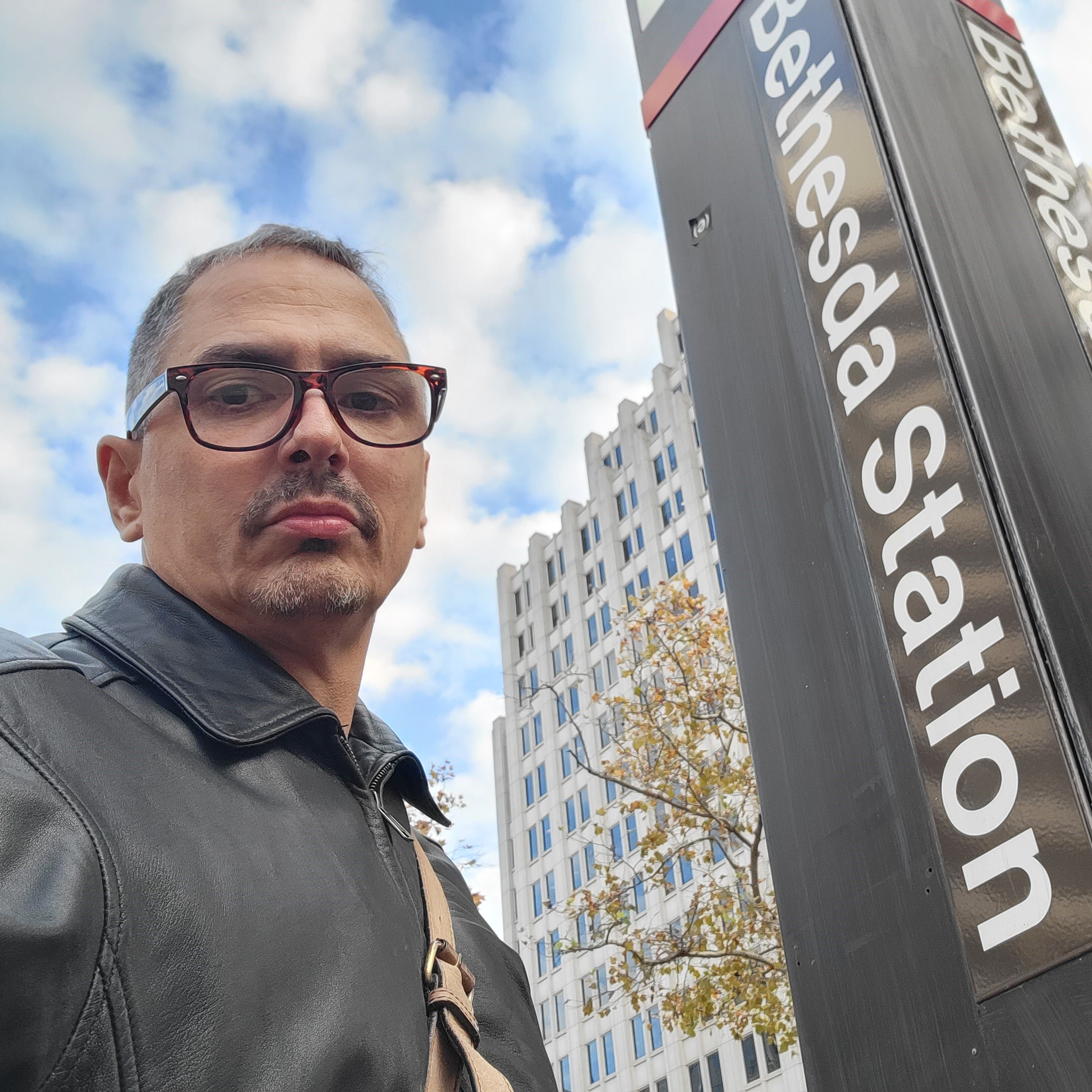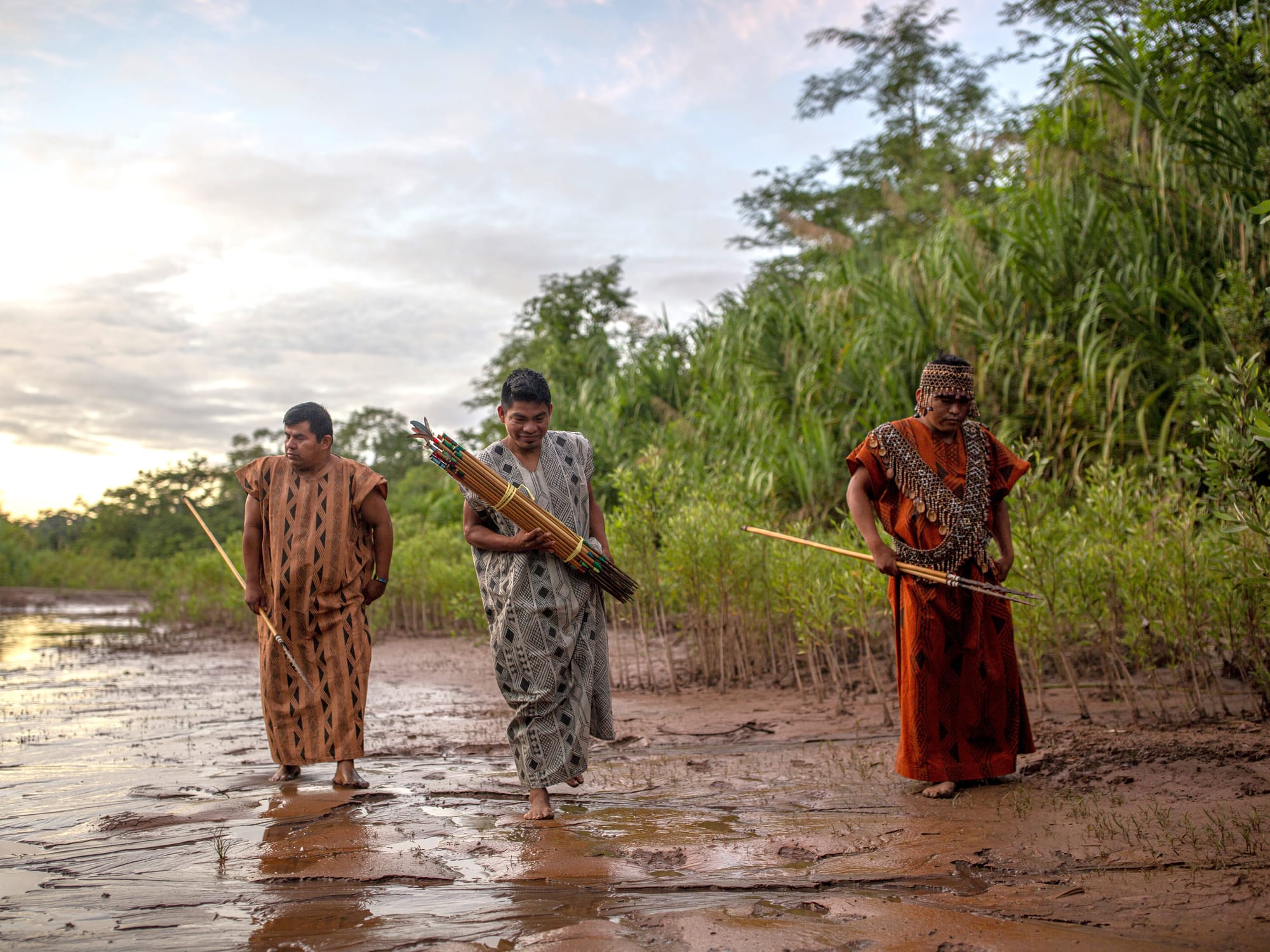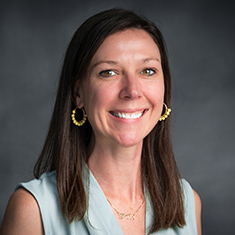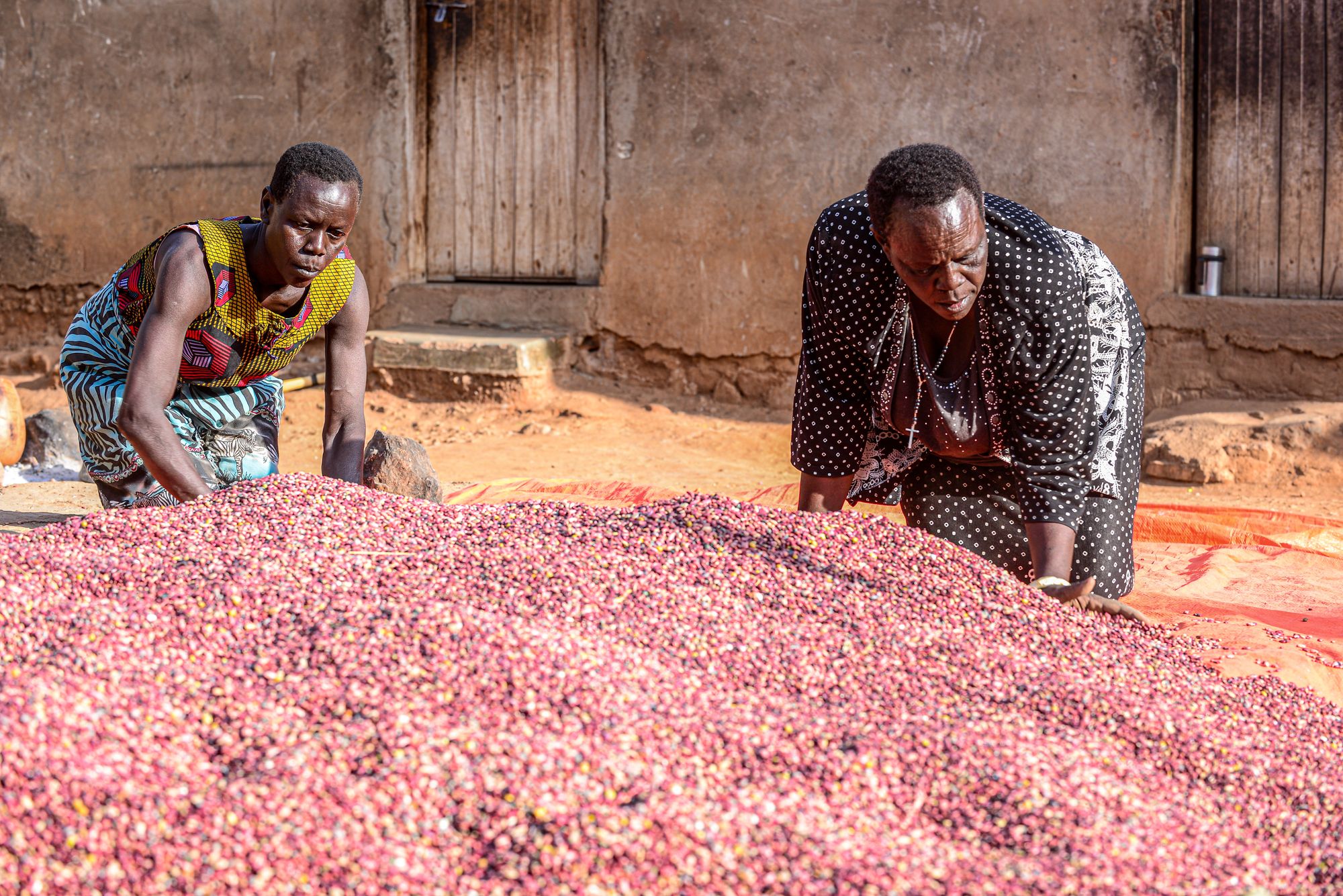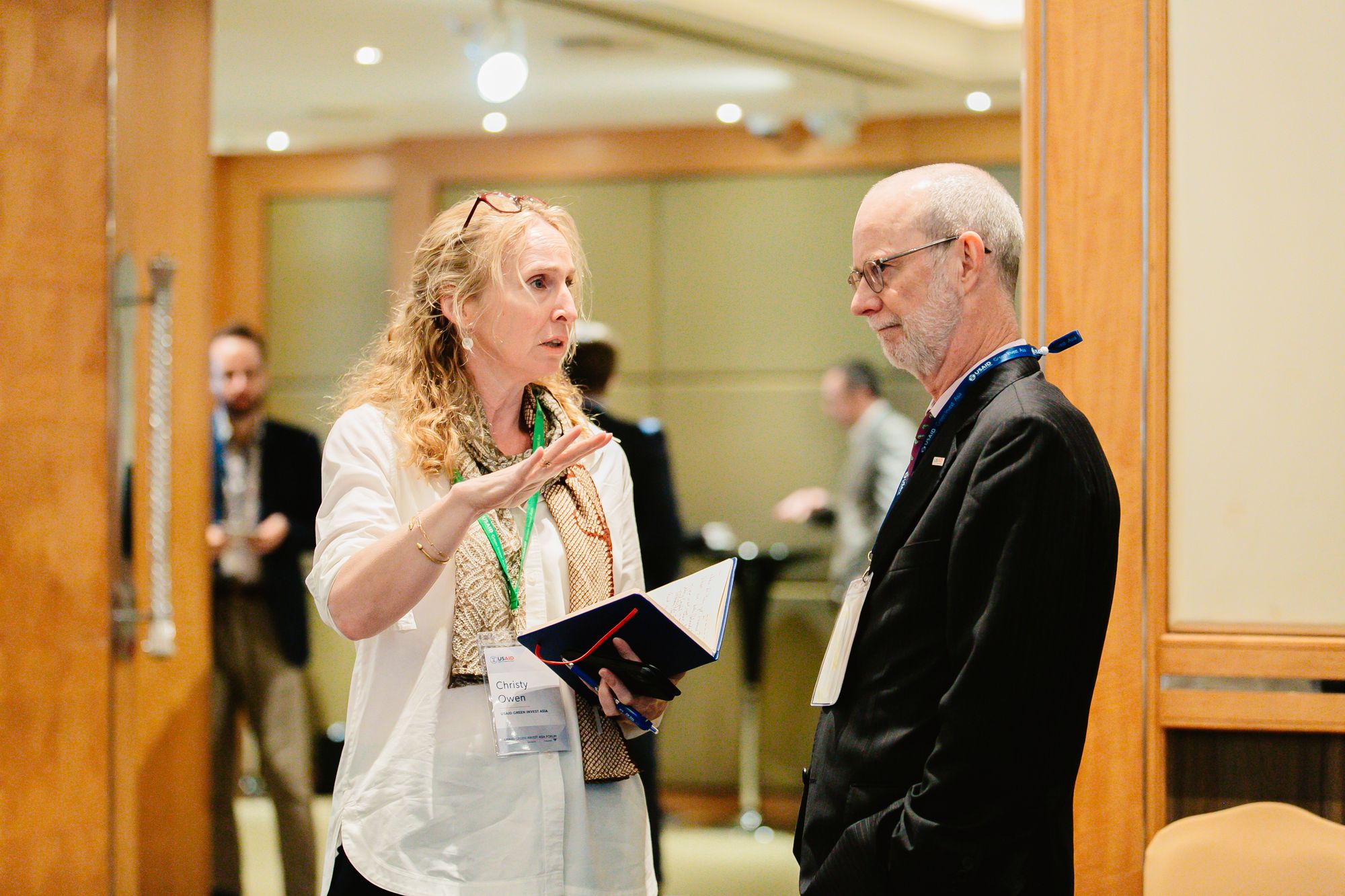Keith Bettinger recently joined DAI’s new Climate Integration Team as Lead Specialist for Climate Change Adaptation and Disaster Risk Reduction. For 20 years, Keith has worked as an academic and development professional on climate change, disaster risk reduction, biodiversity conservation, and natural resource management. Keith earned his Ph.D. in geography from the University of Hawai‘i at Mānoa, his dissertation examining the impacts of the post-Suharto decentralization reforms on the functioning of national parks in Indonesia.
Since then, Keith has worked on projects for the U.S. Agency for International Development, the United Nations Development Programme (UNDP), the UN Environment Programme (UNEP), and the Green Climate Fund, specializing in small island developing states and least-developed countries. An adjunct research fellow with the Pacific Islands Development Program at the East West Center, he also lectures in climate finance and adaptation project design at the University of the South Pacific’s Pacific Centre for Environment and Sustainable Development. DAI spoke with Keith about the challenges to accessing climate financing and the way forward when it comes to funding lasting climate solutions.

Tell us about DAI’s new Climate Integration Team.
The Climate Integration Team is built on the emerging understanding that climate change is a sine qua non consideration for virtually all development projects, while at the same time recognizing that we have a long way to go in terms of effectively and efficiently integrating climate change into those projects. The team is accelerating that process within DAI, with several broad areas of focus. The first is consolidating lessons learned and improving cross-knowledge between projects. Walter Weaver, the head of our team, is fond of saying, “We don’t know what we know,” by which he means DAI has been doing excellent work across sectors all over the world for a long time, and project teams have come up with creative innovations to address aspects of climate change in the context of their projects, but we can do better in collecting and disseminating these innovations. The Climate Integration Team will address this; we’ll identify the innovations, tools, and methodologies that have been developed and look for ways to integrate them into other projects and in proposal development efforts.
Additionally, we will provide technical support to implementation and project design teams as needed, and we will conduct practice-oriented research related to climate change, sharing lessons learned from DAI’s projects with the broader development community.
What professional experience are you most proud of?
Like most people working in development, my favorite part of the job is working with communities and getting into the field, supporting people to come up with approaches to address climate change that leverage local social capital and other often-overlooked capabilities. It is well understood that adaptation should be as local as possible, but one of the biggest challenges local communities, NGOs, civil society organizations, and faith-based organizations face is accessing financial resources to support their initiatives. Although there are funding programs out there, like GEF [Global Environment Facility] small grants, local groups often have difficulties with the application processes, although they may understand clearly what needs to be done to address climate change locally.
In other words, communities miss out because they do not speak the language of the financiers, both literally and figuratively. I was working with a dozen different local groups on one project in the Pacific to help them develop proposals for a small grant mechanism. I noticed that virtually all groups were having difficulties in the same areas: gender, equality, disability and social inclusion, project logic, theory of change, climate rationale, and M&E. So, I developed a small grants guide with Pacific-themed examples that local organizations could use for designing small projects. I still hear from people who tell me the guide was instrumental in accessing financing for their projects.
Tell us about your takeaways from your work on National Adaptation Plans (NAPs).
When I was with the UNDP-UNEP NAP Global Support Facility, which was funded by the GEF, we helped countries—particularly least developed countries—to formulate their first NAPs. This involved a lot of problem solving and learning by doing. One of the most important lessons from this is that NAPs must be clearly connected to other government processes at the national and sub-national levels. In several of the NAPs we supported, we mapped out the annual planning and budgeting cycle to identify entry points to incorporate climate risks and considerations. This was before a lot of the great work on climate change and public financial management (PFM) had started, and before there was widespread recognition of the critical importance of mainstreaming climate risks into Ministry of Finance processes. We also concluded that NAPs must have a legal basis to compel government agencies to implement it, like a law or an act. NAPs must also work with the “institutional grain” of government, understanding the powers and responsibilities of national and sub-national levels of government, as well as the reporting, financing, and other processes that operate between the different levels.
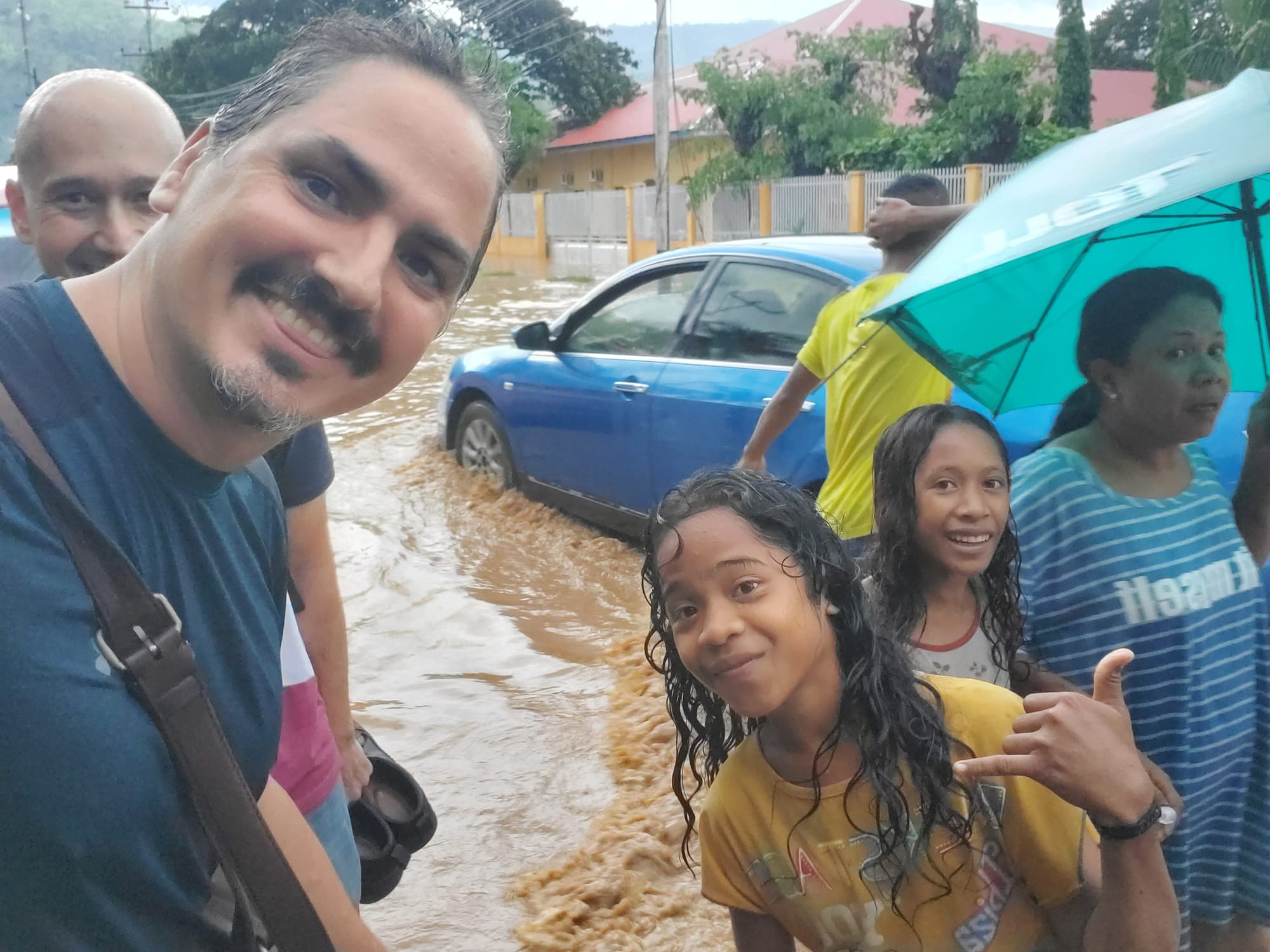
How is the worsening climate crisis changing the way countries and communities consider disaster risk reduction and management approaches?
In many places, addressing climate change and managing aspects of the disaster cycle are siloed from one another, often handled by different agencies that are not well coordinated. In some cases, the two fields do not really speak the same language. For example, they may have different operational definitions for “resilience,” and it is common to have varying methodologies to assess risks and vulnerabilities.
However, we are starting to see greater understanding of the need for better coordination between climate change adaptation and disaster risk reduction, management, and response. For example, many Pacific Island countries have developed Joint National Action Plans for disaster risk reduction and climate change adaptation. They recognize that money spent on disaster risk reduction and mitigation pays tremendous dividends; FEMA [Federal Emergency Management Agency] in the United States claims that for every dollar spent on disaster mitigation and preparedness, eight dollars are saved in the response and recovery stages.
Yet, for various reasons, both developed and developing countries spend a lot more money on response and recovery after disasters happen, rather than on the front end before disasters occur. The identification of adaptation priorities in the face of climate change and the creation of funds to support these priorities create a great opportunity to think about disaster preparedness and climate change adaptation as two sides of the same coin, so investments in adaptation also contribute to improved disaster risk reduction [see our work on pre-arranged financing through the Centre for Disaster Protection].
Where do you see potential for advancing meaningful action on climate change?
I see integrating climate risks and climate information into PFM as a tremendous leverage point for meaningful action on climate change, both in terms of mitigation and adaptation. I get very excited about it, and I talk about it to whomever will listen, but it is really hard to transfer my excitement, and people usually don’t end up listening for very long. But seriously, I have come to understand climate change integration as an aspect of good governance, much like transparency and accountability, because it relates to being a good steward of public resources. In other words, if you are not incorporating climate risks and information into PFM processes (such as debt sustainability forecasting, procurement, and so on), you are not acting as a good steward of taxpayer money. For example, public investments in infrastructure will not last as long, and you will end up having to spend more money on operations and maintenance.
On the other hand, by incorporating climate change considerations into the planning and budgeting cycle, governments can identify sources of co-financing that can be used as leverage to attract external investment from international climate funds or through public-private partnerships. Governments can also use their power as the largest procurers of goods and services to nudge the development of internal economies of adaptation, mitigation, and resilience. However, right now, I do not think many countries do this very well, so there is much work to do. On the bright side, this work will pay big dividends in addressing climate change while improving overall resource efficiency.
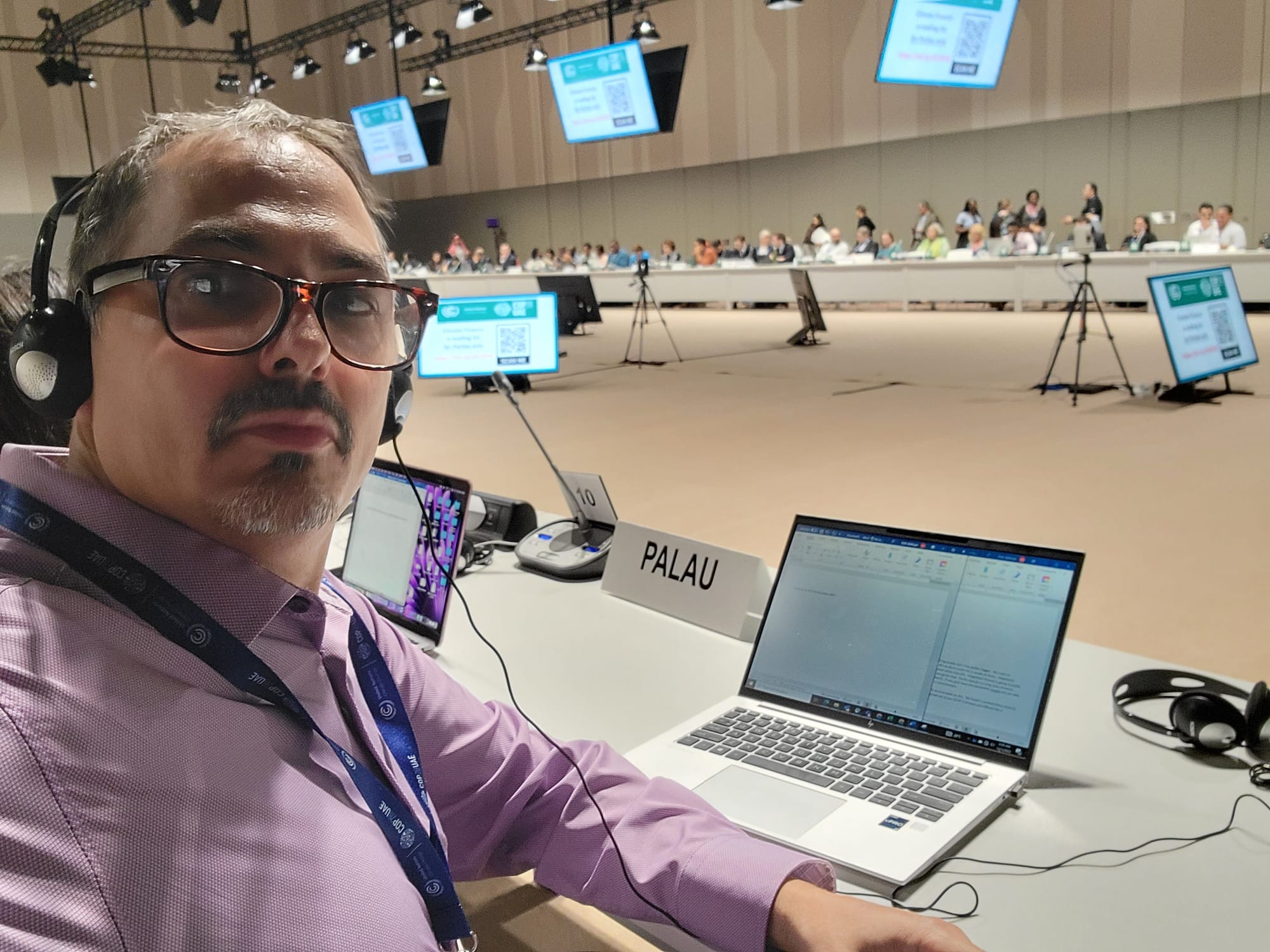
What is something you would hope to see in the next COP meeting?
I was fortunate to have the opportunity to attend COP28 in Dubai as part of Palau’s delegation. It was an eye-opening experience for me. In the negotiation sessions, it was very clear that the small island developing states (SIDS), which are the most vulnerable in the world to climate change—to the extent that their very existence is in jeopardy—are operating at an extreme disadvantage when it comes to being heard and contributing in a meaningful way. In fact, the final agreement at the end of the COP was pushed through and approved while many of the SIDS’ representatives were not physically present in the negotiating room. During the entire COP, I had the general feeling that the SIDS’ concerns were being largely ignored, and that there is little concerted commitment on the part of the most powerful nations and non-state players to take meaningful actions that would positively impact the SIDS [see our Climate Ambition Support Alliance Program].
One of the things I would like to see at the next COP is more attention to the needs of the SIDS and other vulnerable groups, more empathy, more genuine desire to commit to systemic and transformative changes, which will help ensure that entire nations of people are not going to become casualties of the climate crisis.
